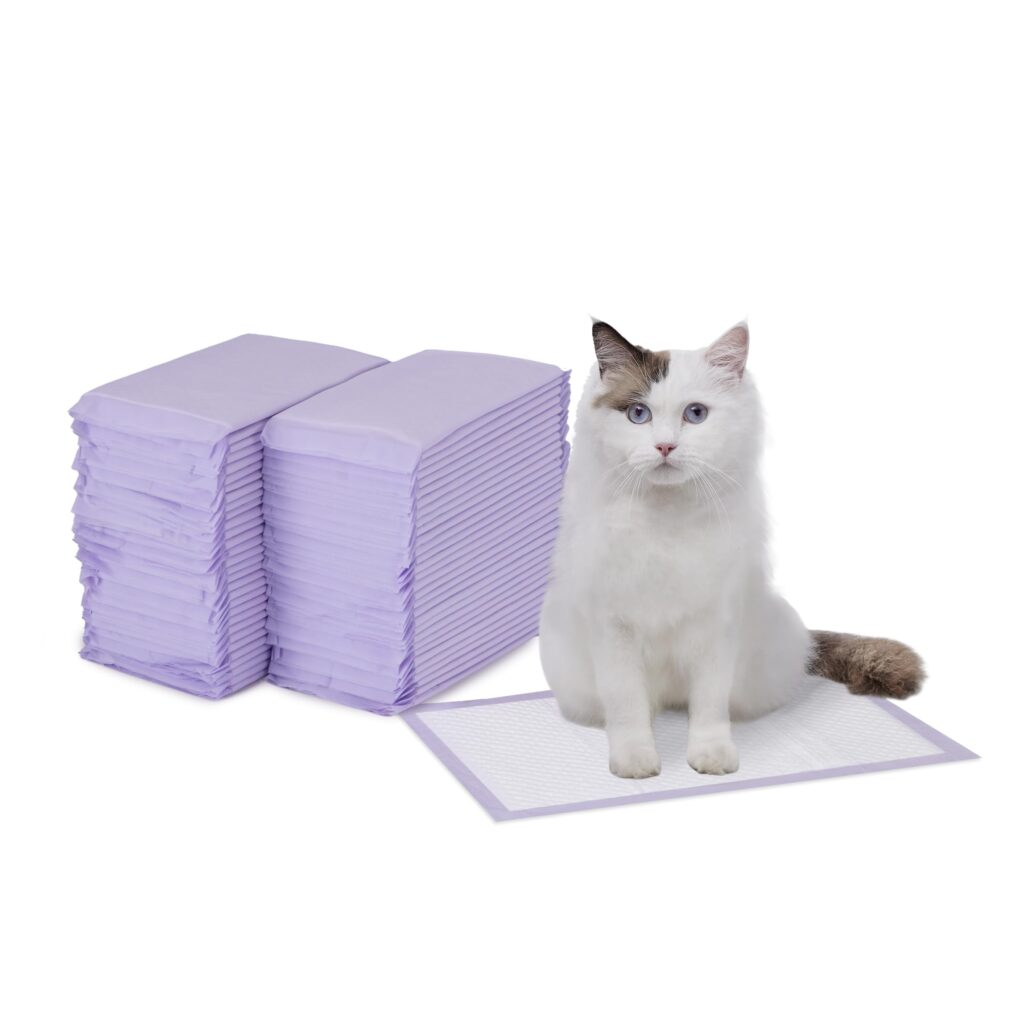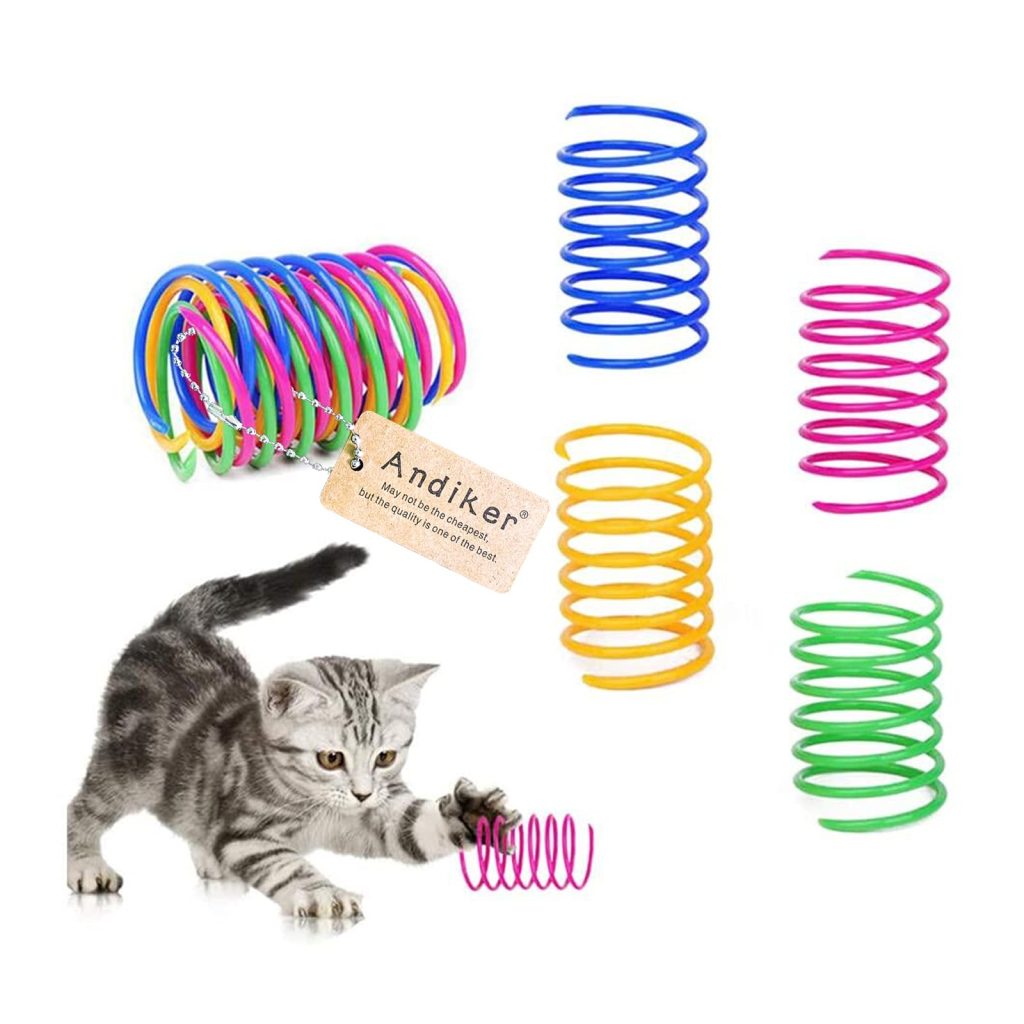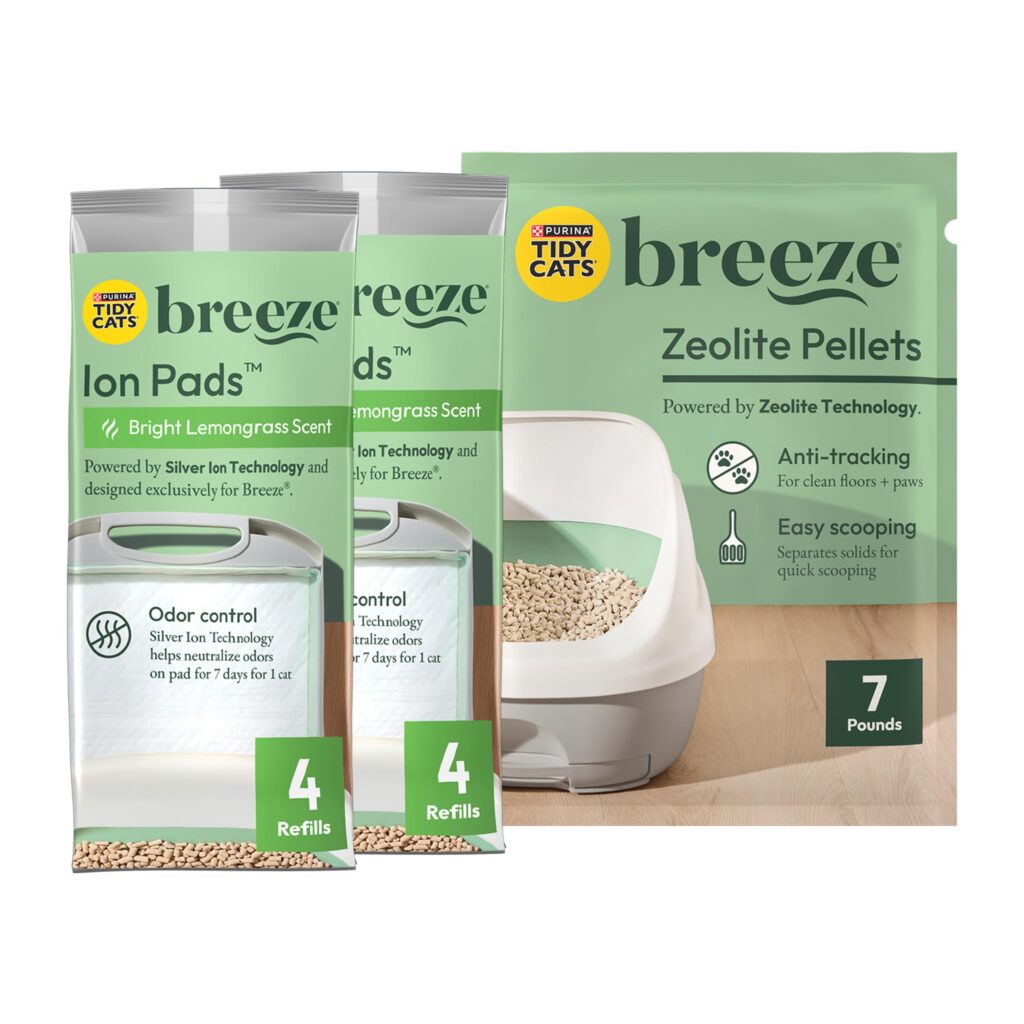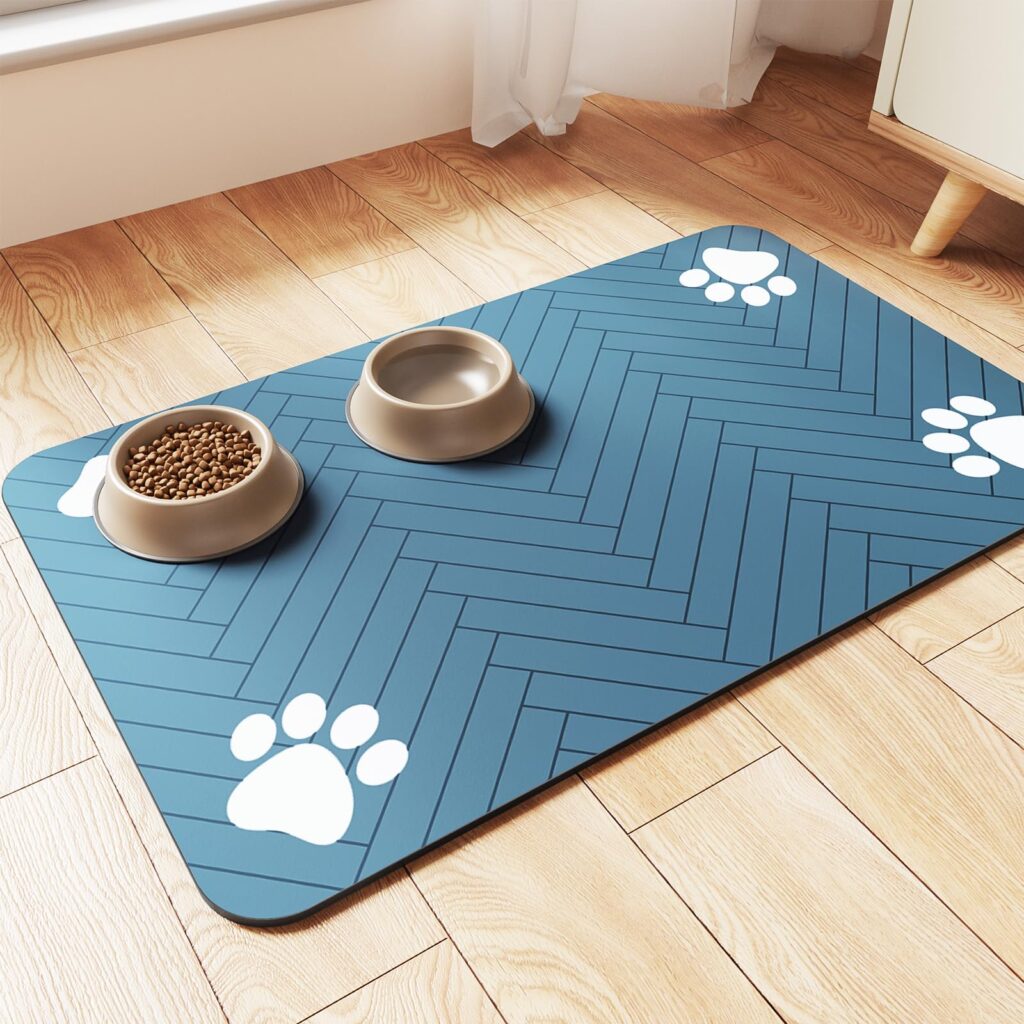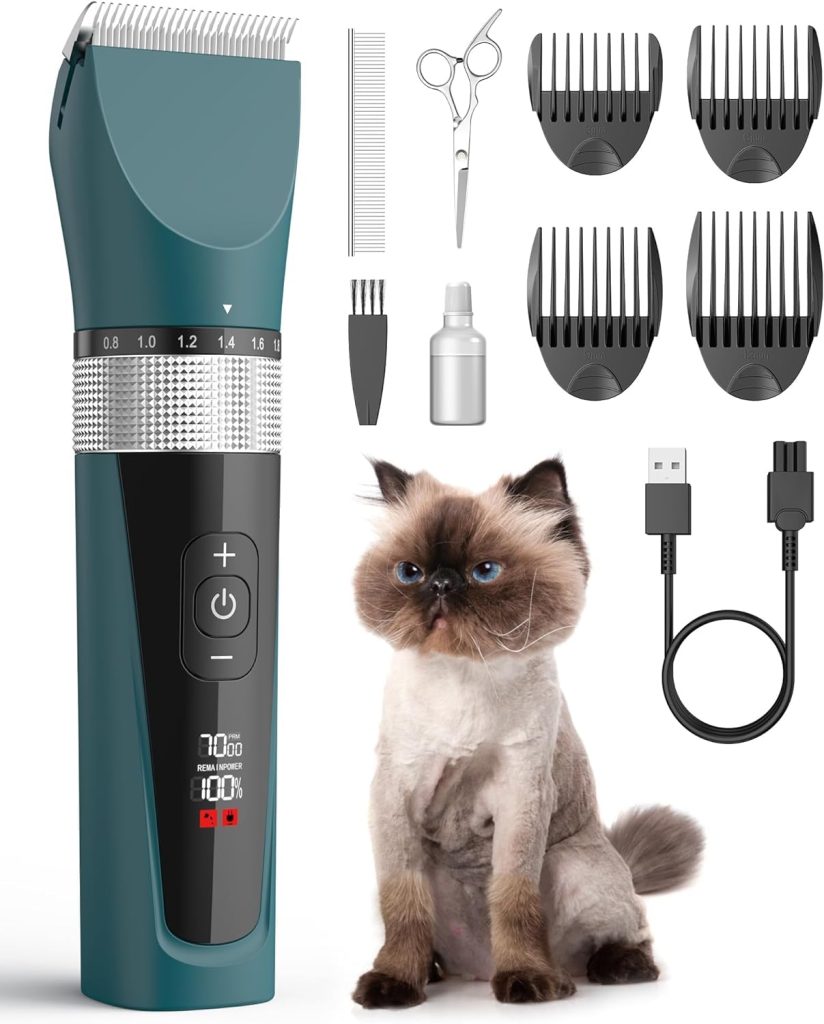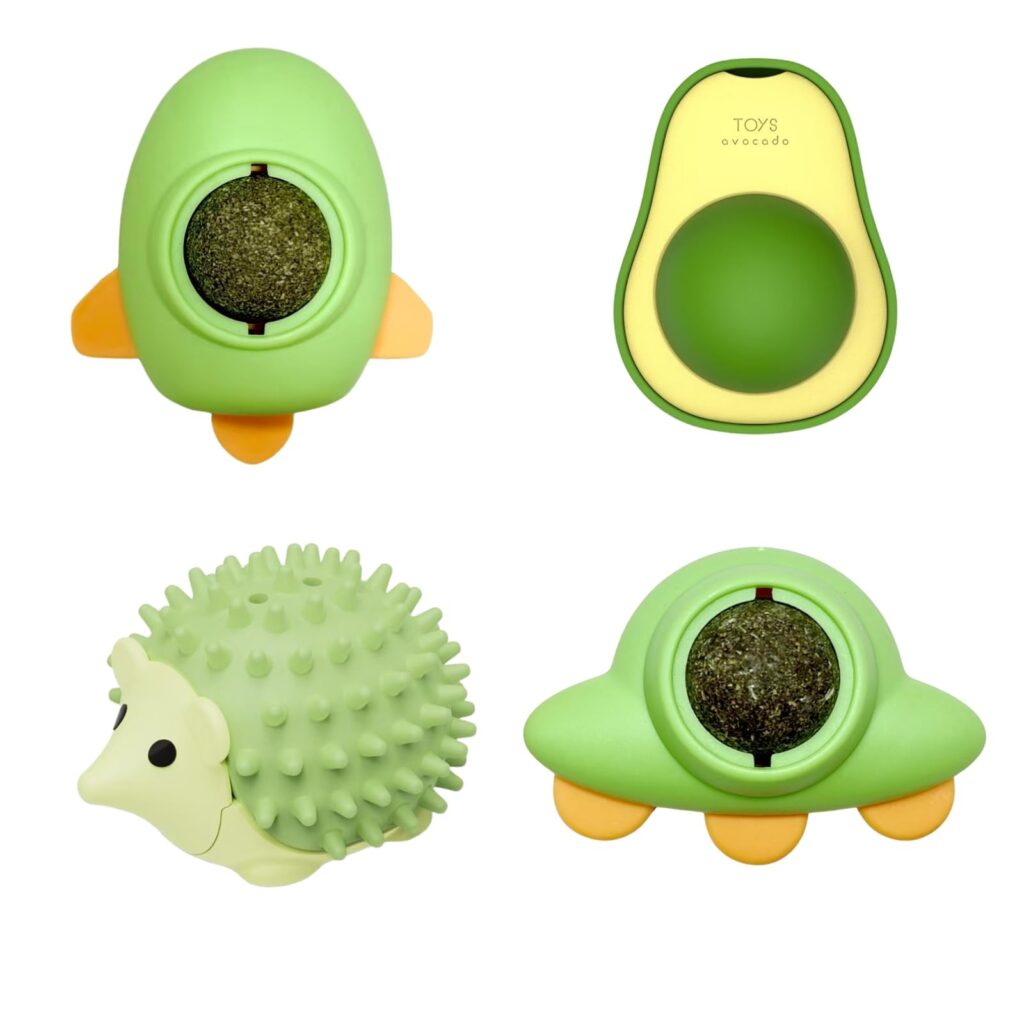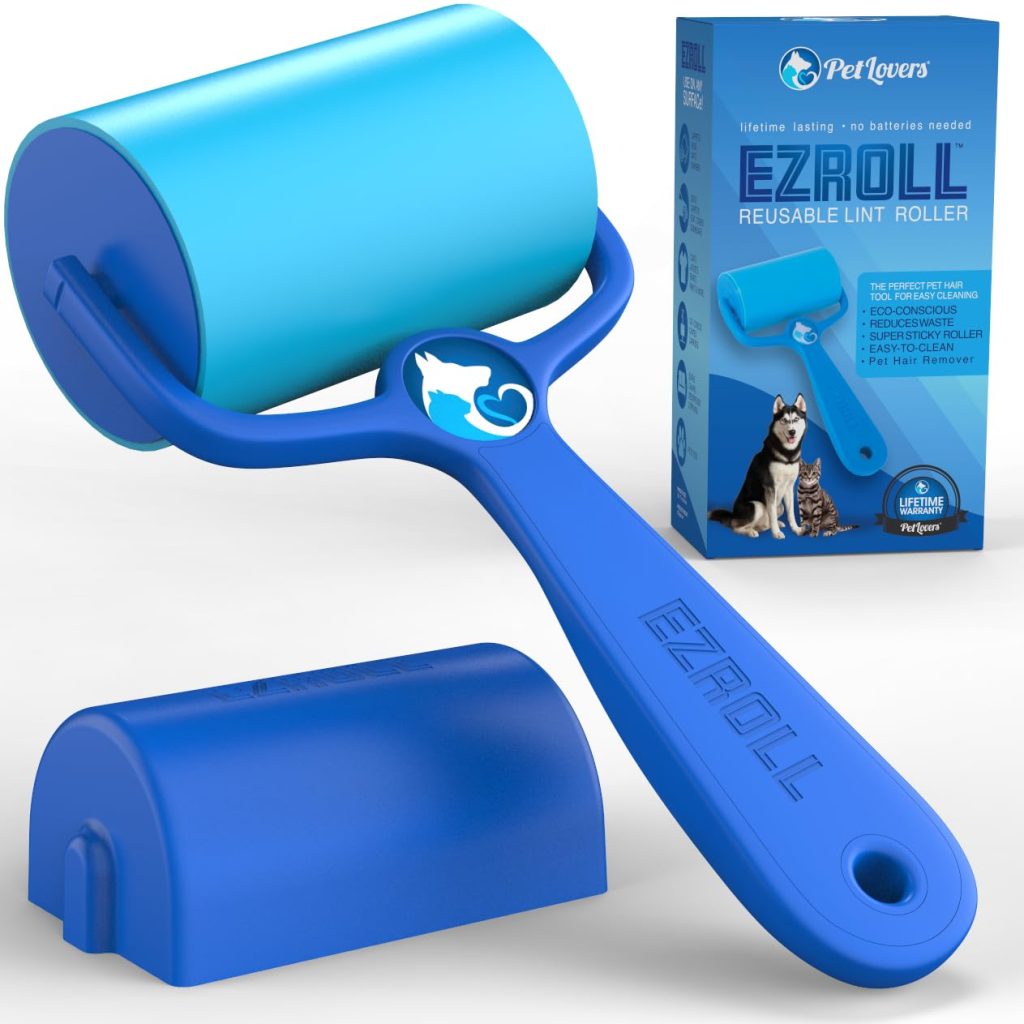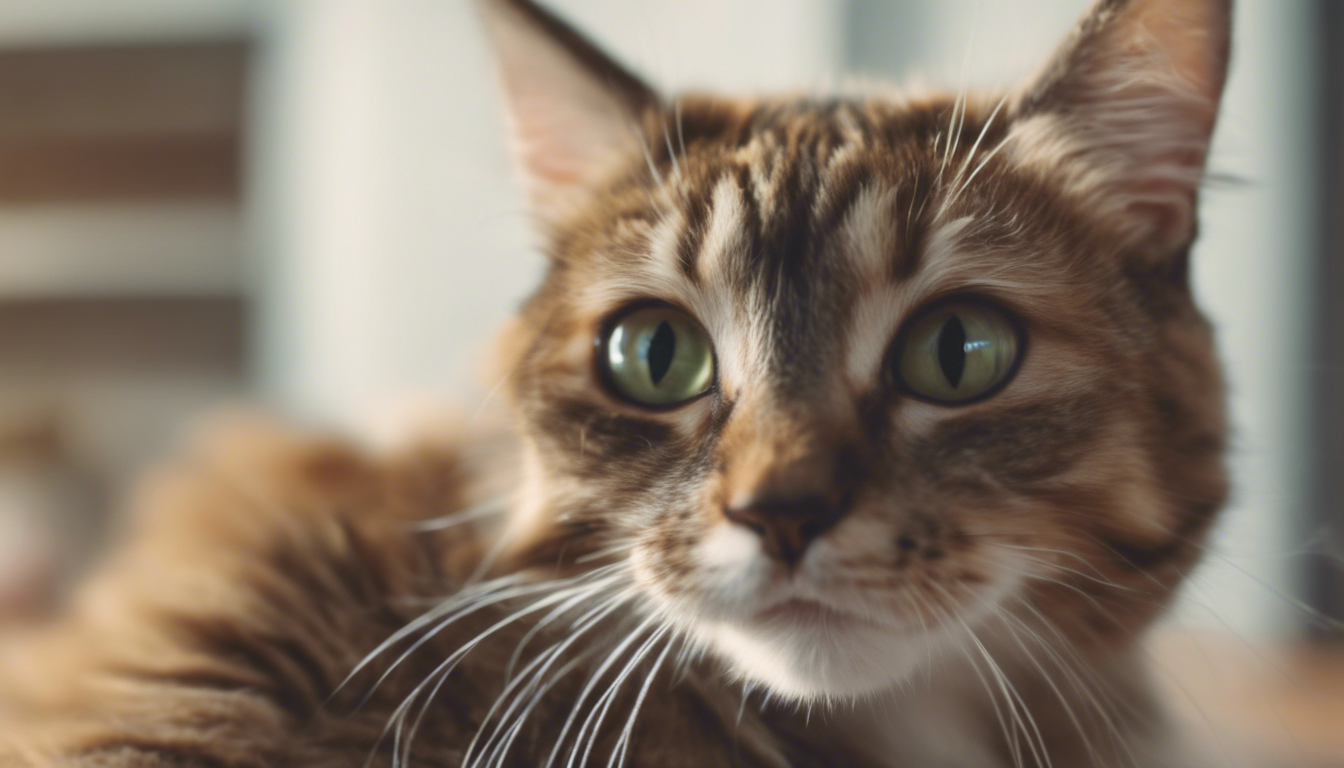
Promoting Healthy Skin and Coat
Grooming isn’t just about making your feline friend look fabulous; it is a golden ticket to promoting luscious and healthy skin and coat, too! Imagine your cat strutting their stuff with a coat that shines brighter than the top of the Chrysler Building — it’s possible with the right grooming techniques.
First off, let’s dive into brushing — it’s like a spa day for your kitty’s fur. Regular brushing removes dirt, grease, and dead hair from their coat, preventing mats and tangles that can turn into a grooming nightmare. But wait, there’s more! It also stimulates blood circulation, which improves skin condition. Choose a brush or comb appropriate for your cat’s fur type, be it short, long, or somewhere in between. For those long-haired divas, a longer-toothed comb can work wonders, while a rubber brush might be just the ticket for short-haired sidekicks.
Another pro tip is to keep an eye on their diet. Feed your cat high-quality food rich in omega-3 and omega-6 fatty acids — they’re not just good for us humans, they’ll make your cat’s coat softer, silkier, and shinier than ever. Consider of it as top-notch conditioner for your pet!
But what about baths? Cats generally keep themselves pretty clean, but a bath every now and then can help those prone to oily coats or who’ve gotten into something particularly sticky or smelly. Use a cat-specific shampoo (because nobody wants a cranky cat with irritated skin), and make the bath quick and as stress-free as possible — trust me; your cat will thank you.
Last but not least, let’s talk hydration. Your cat’s skin can get as parched as a desert if they’re not drinking enough water. Keeping them hydrated helps maintain skin elasticity and promotes a healthy, dandruff-free coat. Encourage your pal to drink up by providing fresh water daily and considering a cat water fountain to pique their interest.
Who knew grooming could be so impactful? With these gems of wisdom, your cat will not only look picture-pawfect but will feel like the royalty they’re from the skin to the fluff!
Reducing Hairballs and Digestive Issues
Enter the world of cat grooming with the mission of tackling hairballs and digestive issues. Picture this: Your feline effortlessly hacking up a hairball, the size of a small rodent, on your favorite rug. Frowned upon by both humans and cats alike, hairballs can be a thing of the past—or at least less of a nuisance—with a few simple grooming hacks.
Winning the battle against hairballs starts with understanding the enemy. As self-grooming pros, cats swallow a significant amount of hair. While most passes through without drama, some lingers in the stomach, forming clumps begging to be evicted. Here’s where your groomer instinct kicks in!
Here’s a trick: Get into the routine of daily brushing sessions. By becoming your cat’s personal stylist, you’re snagging loose fur before it ventures into tummy territory. Short-haired cats might need just a few minutes of brushing while long-haired breeds can demand a more meticulous approach. Make it a purr-sonal moment, keeping your kitty calm while you run a fine-toothed comb or a slicker brush through the thickets.
Moving on, let’s talk about what goes in—because it certainly affects what comes out. High-fiber diets are not only for health-conscious humans; they also work wonders for our whiskered companions. A dash of fiber-rich food can help move hair through the digestive tract with the grace of a ballroom dancer. But be sure to consult with a vet before making dietary changes; after all, we want to maintain the harmony in your cat’s digestive system.
Pumpkin, that festive vegetable, is not just for pies; it is high in fiber and a popular feline-friendly supplement for managing hairballs. A spoonful added to their food could make all the difference. And let’s not say goodbye to specialized “hairball formula” cat food which can also be a valuable player in your grooming playbook.
Encouraging your cat to drink more can help too. Hydration is key in keeping everything flowing smoothly within those furry bellies. Entice them with fresh water or consider investing in one of those chic cat fountains that keep water in motion—because let’s face it, cats have a thing for moving targets.
Turning grooming dilemmas into victories isn’t just about what you remove but also how you do it. Slow and steady, consistent and kind—your efforts at managing hair and overall kitty digestion will lead to fewer fuzzballs around the house and more serene belly rub sessions with your feline friend.
Enhancing Bonding and Behavioral Health
It’s often said pets and owners begin to resemble each other, but have you considered that this goes beyond the physical and into the emotional realm? When you take the time to groom your cat, you’re not just curating their outer beauty. You are sculpting a deeper, invisible bond that benefits their behavioral health and reinforces your connection.
Grooming sessions are opportunities to build trust. Your touch can mimic the loving licks cats share with their companions in the wild. By brushing your cat, you’re saying ‘I care about you’ in a language they understand. It’s a consistent ritual that tells your kitty you are a friend, not a foe. And consistency is key—develop a routine that fits in with their natural schedule, perhaps when they’re already relaxed and more receptive to your attention.
When your cat begins to anticipate these grooming times, it creates a sense of anticipation. Positive reinforcements like gentle strokes or the occasional treat can turn potential squirming into affectionate purring. They also learn that grooming leads to feel-good moments—not just for them but also for you! Your stress levels can significantly decrease while grooming your cat, as petting and soothing them provide a double dose of relaxation.
Moreover, these moments of close contact allow you to pick up on any unusual behavior that may indicate health problems or stress. A cat’s grooming response, or lack thereof, often reflects their internal state. Are they suddenly resistant to being brushed in an area they usually enjoy? This could be a sign of discomfort or pain that needs addressing. Through regular grooming, you’re effectively setting up an early warning system for health concerns.
Grooming can also mitigate behavioral challenges. Cats with excessive energy may act out in harmful ways or develop anxiety, but a dedicated pampering session distracts them from negative behaviors and channels their energy positively. This can foster a sense of well-being and security, keeping those claws away from your furniture and directed towards the sturdy bristles of a grooming brush.
But remember, every cat is an individual, each with their preferences and quirks. What works for one may not work for another. Approach each grooming session with patience, understanding, and readiness to adapt to your feline’s mood. Whether they revel in the limelight during a grooming session or they’re a bit of a bashful darling, respect their boundaries and look for cues on how to make the experience pleasurable for both of you.
By ensuring that each stroke of the comb and each snip of the fur serves to nurture your relationship, the once mundane act of grooming transforms into an integral session filled with trust, love, and emotional fulfillment. Now, isn’t that the purr-fect way to enhance not just your cat’s shine but also the shine of your relationship?
Identifying Health Concerns Early
Grooming your cat is not only beneficial for their physical appearance, but it’s also a fantastic method for early detection of potential health issues. Keeping up with regular grooming allows you to become familiar with every contour and peculiarity of your cat’s body, making it easier to notice if something is amiss. Consider of it as a fun detective game, where you become the Sherlock Holmes of your cat’s well-being!
As you comb through their fur, you might spot signs of fleas or ticks – those pesky uninvited guests can cause serious discomfort and health problems. Early detection can lead to prompt treatment, sparing your cat from unnecessary itching and potential diseases that parasites can carry. Additionally, keeping an eye out for unusual lumps, bumps, or tender spots could be indicative of other health concerns that warrant a veterinary consult.
During the grooming process, you may also observe changes in the skin such as dry patches, oiliness, redness, or inflammation which can be the first signs of allergic reactions or skin diseases. Gentle grooming sessions become a means to monitor your cat’s skin conditions closely and act swiftly if treatment is needed.
Dental health is another aspect that can be assessed during grooming time. While you’re up close and personal with your kitty, take a peek at their teeth and gums. A rotten tooth or gum disease can cause significant pain and lead to more severe health issues. Bad breath isn’t just unpleasant, it can be a harbinger of dental woes or digestive problems. So while grooming, if you encounter bad breath along with a grimace from your feline friend as you pet near their face, it might be time for a vet visit.
Lastly, the state of the ears and eyes should not be overlooked. While pampering your cat, check for any discharge, bad odor, inflammation, or unusual wax build-up, which are red flags that need veterinary attention.
Remember: Grooming is the ideal cover for these clandestine health inspections. It is about being proactive rather than reactive; catching a health issue early can make all the difference in treatment and recovery. With a keen eye and a bit of sleuthing during grooming time, you are not just a pet parent – you are a guardian of your feline’s health. So take pride in that brush; it is a tool that keeps your cat healthy, happy, and absolutely stunning!
